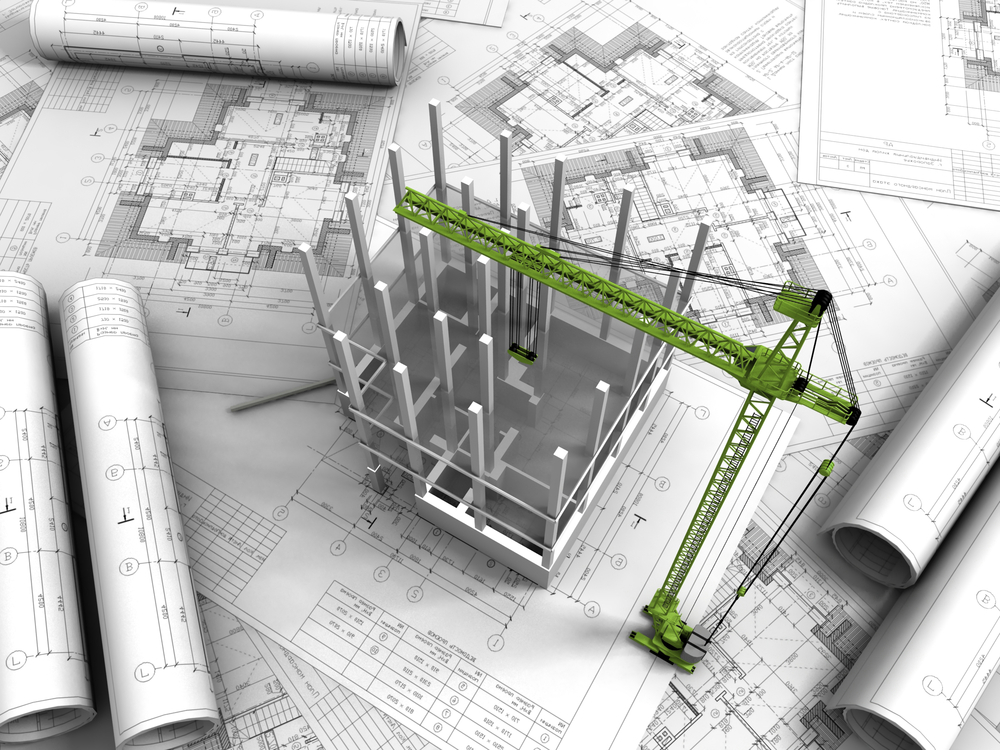What
is the reason for spontaneous fixation and innovation combustion? Unconscious
Design
Tuesday, 17 May 2016
Inspiration and Fixation – Unconscious Design Emerges
#Design by
iGNITIATE
Tuesday, 10 May 2016
iGNITIATE_Gregory_Polletta_Accountability and Design – Tools that Force Design
The
fluidity of design can be limited by computers and the constraints devastating.
What if there were another way. There is.
In
Accountability and Design we
see the underpinnings of the mechanism for not being limited by computer and
computational intensive toolsets thus limiting the creative process.
Alternatives are discussed, tools are discussed and process reviewed. The
implications are directly related to how designers in the future will be
working together.
#Design by
iGNITIATE
Tuesday, 3 May 2016
Collaborative Design Within Augmented Spaces – It’s coming so get ready.
Designers
and engineers are constantly forced into situations where tools to create
collaborative environments stop the flow of working due to complexity and
clutter. How can this be addressed: Augmented spaces.
In
The Adaptability of Collaborative
Design Within an Augmented Space we see the underpinnings of the mechanisms
to alleviate clutter and distraction from the design element in order to focus
more clearly on the details necessary to formally manufacture and produce high
quality and specialized design products. Further mechanisms for implementing
design specific techniques show the validity of Augmented design capabilities
to further push design and manufacturing boundaries forward at a rapid pace.
#Design by
iGNITIATE
Tuesday, 26 April 2016
Have Digital Tools Made the Revolution in architectural Forms - The answer is a paradox.
Using
digital tool in design according to the original concept leads to more complex,
unexpected and unusual forms. But is it helpful?
The
digital architectural form is a new creative product of mind and digital
potentials in shaping ? It makes the revolution in architecture free. In Approches nouvelles des applications
des technologies avancées en architecture, génie civil et génie urbain :
lecture critique d'un économiste et d'un sociologue.
J. PERRIN,
J. RUFFIER we see how digital tools enable designers to be free in
creating digital architectural concepts with highest creative capability in
generating forms. However there is a paradox here. Some architects classify these radical architectures as a piece
of art that can’t repeat. It is against the traditional elements and typologies
of “natural” architecture in form, operation, purpose and aesthetic.
#Design by
iGNITIATE
Tuesday, 19 April 2016
Why is Human Vision So Important In Design - Here is why.
Designers
get tremendous amounts of visual information while our brain processes them in
a very complex and statically unknown way. Designers have been using specific
tools to aid in modeling via vision friendly products augmented to existing
hardware and software.
One
of these technologies is Visual
DHM (Digital Human Modelling) which combines a cost effective visual tool
system to analyze visual information on both a qualitative and quantitative
scale. DHM technology simulative human interaction with the product virtually
allowing designers to solve ergonomics issues in the early design process via
manufacturing workstations and rapid prototyping systems. Improving this new
technology with gestural interfaces makes the future very exciting for
designers in particular as related to the AR and VR revolution that is now
dawning in the design and manufacturing world.
#Design by
iGNITIATE
Tuesday, 12 April 2016
When do Creatives Need an Innovation Policy - As soon as they want to make designs real. Here’s How
When
do Creatives Need an Innovation Policy? As soon as they want to make designs
real. Here’s How.
#Design by
iGNITIATE
Tuesday, 5 April 2016
The Approach of Scientific Research & Design Breakthroughs – Get it out Fast.
What’s
the key to getting scientific research and design breakthroughs into the hands
of users. Put it into the hands of users. Fast.
#Design by
iGNITIATE
Tuesday, 29 March 2016
The Creative Sector Inside Innovation ? Yes, But How?
How
can Design define Target vs Cultural and still Innovate? Here’s how.
#Design by
iGNITIATE
Tuesday, 22 March 2016
Emotions, Design & Entrepreneurship
What
makes a good designer and good entrepreneur succeed? 2 types of emotional
controls that you’d never guess.
In
Emotions
and Entrepreneurial Opportunity the clear link is made between “trait
emotions and state emotions influence evaluations in parallel ways towards
appraisal tendencies linked with emotions determine choices that entrepreneurs
& designers make in stressful situations that ultimately lead to success.
. . . . . . . . . . . .
#Design by
iGNITIATE
Subscribe to:
Comments (Atom)
---














